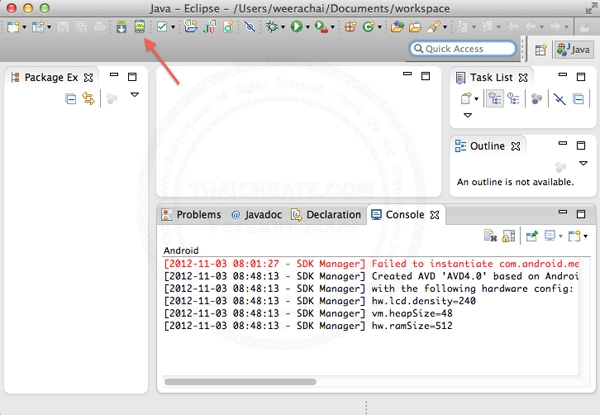

- #Mac emulator for mac mac os
- #Mac emulator for mac install
- #Mac emulator for mac software
- #Mac emulator for mac mac
- #Mac emulator for mac windows
Speaking of installing software, you will need to either download software or copy them from your own library.įor someone like me, who doesn’t own any classic Macintosh software, there are some websites out there archiving classic Macintosh software. You can adjust settings to your liking, such as enabling color and installing software. System 7.5.3 is ready to go… The “About This Macintosh” screen for our emulated machine… After properly configuring Basilisk itself, you can copy the System 7.5.3 files to the system volume.Īfter running the System 7.5.3 installer and allowing the software to copy the files onto the system volume, the emulator will restart.
#Mac emulator for mac install
Once you get everything set up and the Basilisk II GUI configured properly, you can then start the Macintosh and install the operating system. In addition, Basilisk II requires downloading the operating system files (obviously) and setting up a place to store the files and setup an emulated drive volume.
#Mac emulator for mac mac
Because the classic Macintosh operating system only works on a true Mac (whether it be a true Apple Macintosh or, later, a clone) it requires this ROM file to start and work.
#Mac emulator for mac windows
They also have instructions for use with Windows and Linux.īasilisk II requires downloading a ROM file to work. They have the detailed instructions for configuring Basilisk II in macOS here. I’m not going to provide step-by-step configuration instructions. I decided to install Basilisk II on my early 2014 MacBook Air, running macOS 10.14.5 “Mojave.” Not only are you running a Macintosh emulator on a true modern Mac, but I found installation was somewhat easier on a Mac. Unlike DOSBox, where everything came ready-to-go, Basilisk II requires a lot of work to get it up and going. With all of this out of the way, let’s talk about getting our emulator up and running. Specifically, Basilisk II mostly emulates a Macintosh Quadra 900 (circa 1991) running System 7.5.3 (circa 1996.) It still emulates a 68K-based Mac, but emulates a modular model that was capable of displaying color, offered more power and could run later versions of the Macintosh hardware.
#Mac emulator for mac mac os
SheepShaver is the best option if you want to run Mac OS 8 or Mac OS 9.īasilisk II, the software I’m going to be demonstrating, fits snugly in the middle. The PowerPC chips were designed by the AIM Alliance (Apple, IBM and Motorola) and were used until 2006. In 1992, Apple started switching from using the Motorola 68K processors to the PowerPC chips. SheepShaver, on the other hand, emulates the PowerPC-based Macs. Mini vMac emulates compact Mac models (such as the Macintosh Plus, although it also supports models from the 128K to Classic.) Therefore, you’ll only get a black-and-white display and limited power. There are three “main” classic Macintosh emulators: Mini vMac, Basilisk II and SheepShaver. The website E-Maculation is dedicated to classic Macintosh emulators. (For instance, macOS is based on BSD UNIX the classic Mac isn’t.) macOS has evolved since Apple introduced it back in 2001 as Mac OS X, but it is very different from its precursor. The Macintosh operating system’s history is often split into two sections: the classic Macintosh OS, and the modern macOS. The Macintosh operating system has evolved greatly since its introduction in 1984. Since my DOSBox post, where I demonstrated classic MS-DOS software, I’ve wanted to find and use a classic Mac emulator to experience the classic Mac experience – to run classic Macintosh software, experience the user interface and see what has and hasn’t changed. The Store page can be found here.Want to run yesterday’s Macintosh software on your modern Mac or PC? Today, RetroArch has finally been released on Steam for both Windows and Linux/SteamOS. The next version of Lakka (with an updated RetroArch 1.9.10 version) is scheduled to be released very soon! Remember that this project exists for the benefit of our users, and that we Continue reading RetroArch finally released on Steam! If you’d like to learn more about upcoming releases, please consult our roadmap here. Looking forward you can expect regular updates Continue reading RetroArch 1.9.10 released! For a long time, we have manually released everything on the Steam, this has now been automated for both platforms. Right now, we need to make some changes for the Linux platform. Hello everyone! We have been busy working on the Steam version to improve compatibility and stability. Continue reading RetroArch Steam – Important information for Linux users This version is based on the latest RetroArch version, 1.9.10 (see here). Lakka 3.5 has just been released! To learn more, check out this article on our sister site here.


 0 kommentar(er)
0 kommentar(er)
